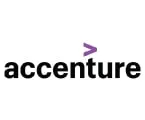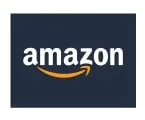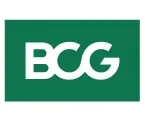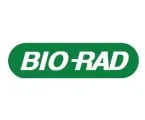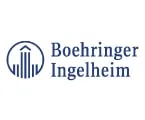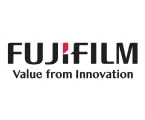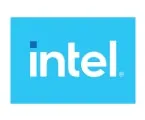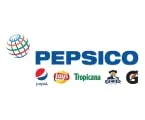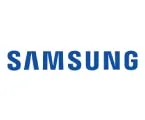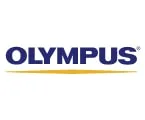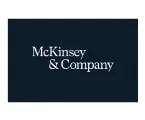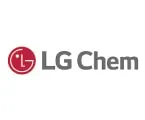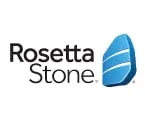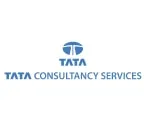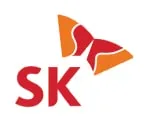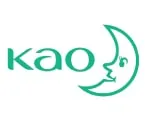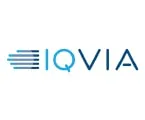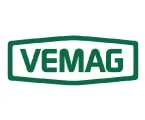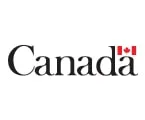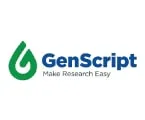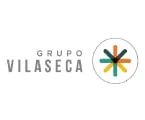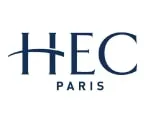The Phycocyanin market was valued at $49.5 million in 2023. This market is expected to reach $350.5 million by 2031 from an estimated $64.1 million in 2024, at a CAGR of 27.5% during the forecast period from 2024 to 2031.
Phycocyanin Market Size & Forecast
The growth of this market is driven by the rising adoption of phycocyanin in nutraceutical and nutritional applications, a growing reluctance to use synthetic colors, increased demand for natural blue colorants from food and beverage manufacturers, and expanding venture investments in phycocyanin production. However, high prices of natural colorants, high costs of extracting and purifying phycocyanin, and complexities in algae production are expected to restrain the growth of this market. Furthermore, the high potential of phycocyanin in pharmaceutical applications and the increasing consumer awareness regarding clean-label products are expected to create market growth opportunities.
Phycocyanin Market Growth Drivers
Rising Demand for Natural Blue Colorants
Phycocyanin is a pigment-protein complex synthesized by blue-green microalgae, such as Arthrospira (Spirulina). Primarily used as a natural coloring agent in the food industry, phycocyanin is approved by the U.S. Food and Drug Administration (FDA) for this purpose. This natural pigment demonstrates antioxidant activity both in vivo and in vitro, qualifying it as a nutraceutical compound. It is commonly used as a dietary supplement and exhibits various pharmacological properties. Additionally, phycocyanin is widely utilized as a natural blue dye in commercial applications within the food and cosmetics industries.
The stability, safety, bioavailability, interactions with food matrix components, and health-promoting effects of phycocyanin drive its utilization in various applications. In the U.S. FDA Code of Federal Regulations, spirulina extract (phycocyanin) has been approved as a color additive and is exempt from certification. The demand for phycocyanin as a natural blue food colorant has grown exponentially in the past years, especially after the FDA’s 2013 approval of spirulina extract as a food colorant for gum and candy. In 2014, its applications were expanded to include frostings, ice cream and frozen desserts, dessert coatings and toppings, dry beverage mixes and powders, yogurts, custards, puddings, cottage cheese, gelatin, bread, and ready-to-eat cereals. In 2015, its use in coatings for dietary supplements and pharmaceuticals was also approved in the U.S., Europe, and Asia.
In addition to its applications in the food and beverage industry, phycocyanin is used as a colorant in cosmetics, including lipsticks, eyeliners, and eye shadows. Due to its excellent health-related properties, phycocyanin holds significant potential in food technology as a safe food colorant, functional food additive, and nutraceutical and dietary supplement. Its mass production is both sustainable and relatively cost-effective. Consequently, the increasing demand for natural blue colorants is expected to drive the growth of the phycocyanin market.
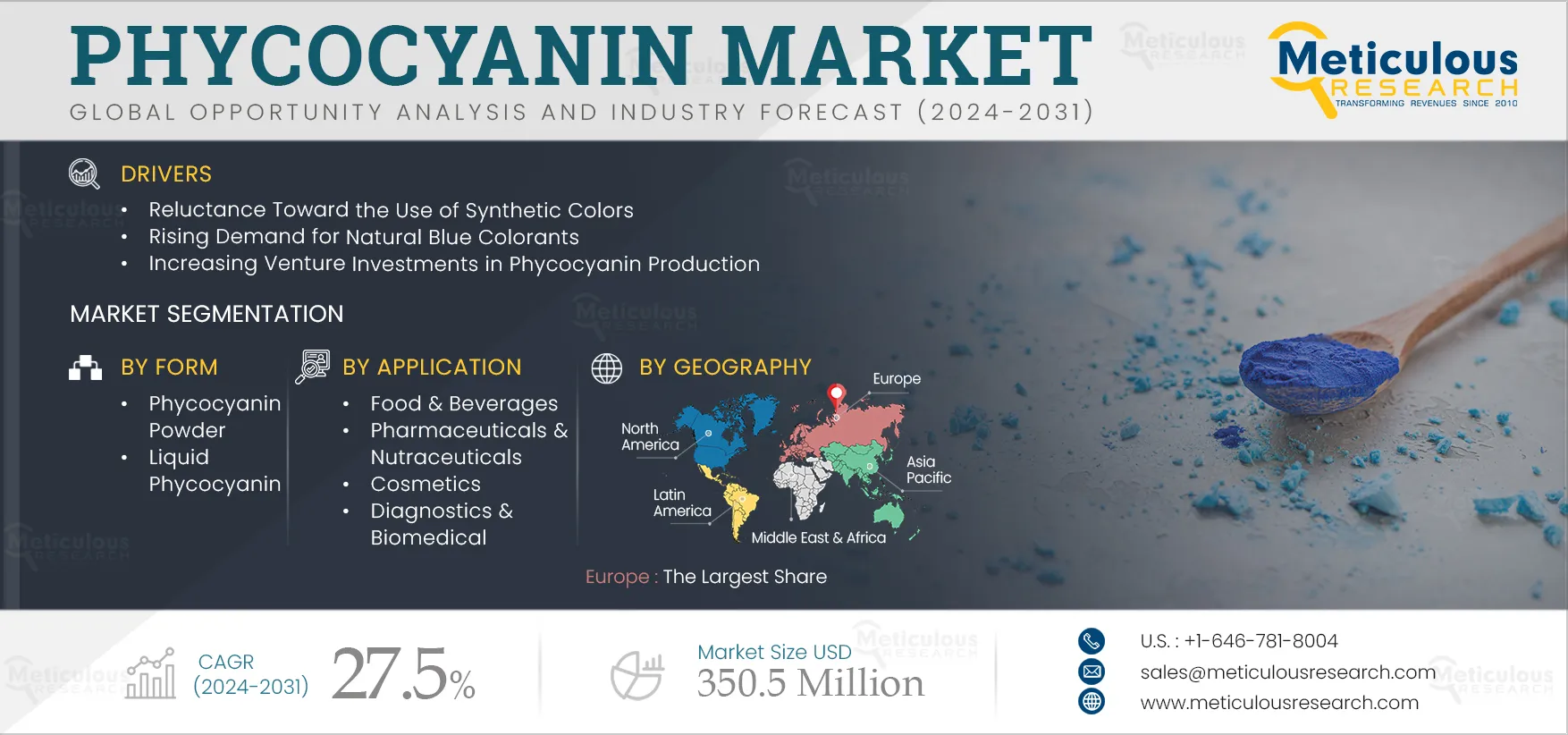 Click here to: Get Free Sample Pages of this Report
Click here to: Get Free Sample Pages of this Report
Stringent Regulations for Synthetic Color Additives
A synthetic color additive is any chemical dye, pigment, or substance used to impart color to food and beverages, drugs, and cosmetics. While these color additives are valued for enhancing the attractiveness and appeal of products, regulatory standards and labeling requirements for synthetic colors often restrict their use.
Strict regulations established by federal agencies in various countries restrict the use of synthetic dyes in F&B products. In the U.S., the FDA is the primary body regulating food additives, including artificial food colors. Due to the potential health risks associated with synthetic dyes, regulatory authorities, including the FDA, have set maximum limits for their use in different food categories. These regulations have led to a reduction in the demand for synthetic food colorants. Additionally, the increasing health consciousness among consumers is contributing to the decline in synthetic food coloring demand. As a result, food manufacturers are increasingly focusing on natural alternatives to synthetic colors, given the adverse effects of synthetic dyes on human health.
In the U.S., the FDA oversees synthetic color additives by listing new additives or new uses for existing additives that are deemed safe for their intended applications in the Code of Federal Regulations (CFR). The FDA conducts certification programs for batches of color additives, which must be certified before they can be sold, and monitors their use, including ensuring proper product labeling. Synthetic color additives used in food, drugs, and cosmetics must adhere to specific listing regulations issued by the FDA. The use of unlisted color additives, improper use of listed additives, or additives that do not meet purity and identity specifications can result in a product being deemed adulterated under the FD&C Act. Currently, the U.S. prohibits the addition of synthetic food colors in over 200 food products.
In Europe, all additives, including colorants, must receive authorization under European legislation before they can be used in foods. Once authorized, food colors are listed in the permitted food additives as specified in Regulation EC 1333/2008, which also outlines their conditions of use.
The preference for natural food colors over synthetic ones is rising due to increasing consumer awareness of the benefits of natural products and the health risks associated with synthetic colors. The health hazards linked to artificial ingredients used to boost food production have become a significant concern. Today, consumers' growing health consciousness and preference for environmentally friendly products are driving global demand for naturally sourced food products. Consequently, stringent regulations on artificial food colors are prompting food manufacturers to adopt natural colorants to maintain the visual appeal of processed food and beverage products. Phycocyanin, recognized as one of the safest natural color additives, is expected to see increased demand in the coming years, contributing to market growth.
Get focused insights within your budgets.
Personalize this report and get cost benefits!
Talk to Us
Phycocyanin Market Opportunity
High Potential of Phycocyanin in Pharmaceutical Applications
Phycocyanin has significant potential for use as a therapeutic drug across a range of clinical applications. It demonstrates various pharmacological effects, including antioxidant, anticancer, and anti-inflammatory properties, as well as photo-induced cytotoxicity and immune system stimulation. As a result, phycocyanin has emerged as a focal point in drug research. Its anticancer effects are notable, as it can inhibit the proliferation of cancer cells and induce cell death. Phycocyanin achieves its anticancer activity by blocking the tumor cell cycle and promoting both apoptosis and autophagy in tumor cells, positioning it as a promising anticancer agent.
Additionally, some research studies suggest that phycocyanin may lower the levels of a protein secreted by COVID-19 patients that triggers cytokine storms (source: Tecnología en Marcha magazine). Despite its potential, phycocyanin is not yet used as an anticancer drug in clinical settings. While various studies have explored its targets and mechanisms, there is still insufficient information on the molecular mechanisms through which phycocyanin induces cancer cell death. Further research into the effects of phycocyanin on both cancer and normal cells is needed to develop effective strategies and broaden its pharmaceutical applications, thereby creating opportunities for market players.
Phycocyanin Market Analysis: Key Findings
The Phycocyanin Powder Segment to Dominate the Phycocyanin Market in 2024
Based on form, the phycocyanin market is segmented into phycocyanin powder and liquid phycocyanin. In 2024, the phycocyanin powder segment is expected to account for the larger share of 81.8% of the phycocyanin market. The large number of powdered phycocyanin providers primarily drives the significant market share of this segment. The rising demand for phycocyanin powder across industries such as food and beverage, cosmetics, and pharmaceuticals is a key factor, as powdered phycocyanin offers several advantages. These include a longer shelf life, ease of handling, and greater stability to light, heat, and oxygen compared to other forms. Additionally, the powdered form facilitates effective nutrient delivery and provides high flexibility in dosing, further supporting the market's growth.
However, the liquid phycocyanin segment is expected to register a higher CAGR of 29.6% during the forecast period. This segment's growth is attributed to the rising popularity of liquid phycocyanin, mainly in dietary supplements and personal care products, due to its benefits, such as its availability in ready-to-use formulations, more precise dosing, and flexibility in product developments.
The Food-grade Phycocyanin Segment to Dominate the Phycocyanin Market in 2024
Based on grade, the phycocyanin market is segmented into food-grade phycocyanin, cosmetic-grade phycocyanin, and reagent- and analytical-grade phycocyanin. In 2024, the food-grade phycocyanin segment is expected to account for the largest share of 75.4% of the phycocyanin market. This segment's large market share is primarily attributed to the rapidly expanding global food and beverage industry. The increasing use of phycocyanin as an alternative to synthetic colors, growing awareness of the adverse effects of synthetic colors, and rising demand for clean-label brands that emphasize natural colors are key drivers.
However, the cosmetic-grade phycocyanin segment is anticipated to register the highest CAGR of 29.9% during the forecast period. This growth is driven by the increasing adoption of phycocyanin in the cosmetic industry, attributed to its therapeutic uses and minimal to negligible side effects.
The Organic Phycocyanin Segment is Expected to Register the Highest CAGR During the Forecast Period
Based on category, the phycocyanin market is segmented into organic and non-organic. The organic phycocyanin segment is expected to record a higher CAGR during the forecast period. The high growth of this segment is driven by the increasing number of companies offering organic-certified phycocyanin. Additionally, the rising demand for organic-certified phycocyanin from manufacturers in the food and beverage, nutraceutical, and cosmetic sectors—fueled by growing consumer awareness of product claims such as "organic" and "vegan"—is expected to further support the market's growth during the forecast period.
The Food & Beverages Segment to Dominate the Phycocyanin Market in 2024
Based on application, the phycocyanin market is segmented into food & beverages, pharmaceuticals & nutraceuticals, cosmetics, and diagnostics & biomedical. In 2024, the food & beverages segment is expected to account for the largest share of 75.4% of the phycocyanin market. The substantial market share of this segment is primarily due to the rapidly growing global F&B sector and the growing demand for phycocyanin as a natural food colorant. This demand is driven by increasing awareness of the health risks associated with synthetic food colorants. Additionally, the trend of substituting artificial colorants with natural alternatives, coupled with phycocyanin's non-toxic and non-carcinogenic properties, further supports the growth of this segment.
However, the cosmetic segment is expected to record a higher CAGR of 29.9% during the forecast period. The rising demand for organic and natural cosmetic ingredients drives this segment's high growth. Moreover, increasing awareness about the potentially harmful effects of synthetic colorants in beauty products is boosting the demand for phycocyanin due to its zero to minimal side effects.
Geographical Analysis
Europe Dominates the Phycocyanin Market
Based on geography, the phycocyanin market is majorly segmented into five regions: North America, Europe, Asia-Pacific, Latin America, and the Middle East & Africa. In 2024, Europe is expected to account for the largest share of 34.8% of the phycocyanin market, followed by North America and Asia-Pacific. The European phycocyanin market is estimated to be worth USD 22.3 million in 2024. Europe's substantial market share can be attributed to several key factors, including advancements in microalgae research for health foods and dietary supplements and increasing demand for natural food colors driven by stringent regulations on synthetic colors in food and beverage products. Furthermore, the expansion of the cosmetic and personal care industries, coupled with the rising adoption of algae-derived natural colors in cosmetics, is expected to further boost market growth in the region.
However, Asia-Pacific is expected to record the highest CAGR of 28.8% during the forecast period. This growth is driven by the presence of numerous local and regional stakeholders and the rapidly increasing demand for processed food products in emerging and developing countries such as India, China, Indonesia, and Thailand. Moreover, the expanding F&B, nutraceuticals, and cosmetics industries, along with the rising demand for phycocyanin within these sectors, are expected to present significant growth opportunities for market players in the region.
Phycocyanin Market: Key Companies
The report offers a competitive analysis based on an extensive assessment of the leading players’ product portfolios, geographic presence, and key growth strategies adopted in the last three to four years. Some of the key players operating in the phycocyanin market are AlgoSource SA (France), Bluetec Naturals Co., Ltd (China), DIC Corporation (Japan), E.I.D. - Parry (India) Limited (India), Fuqing King Dnarmsa Spirulina Co., Ltd. (China), Givaudan SA (Switzerland), GNT Group B.V. (Netherlands), Hangzhou OuQi Food co., Ltd. (China), Inner Mongolia Rejuve Biotech Co., Ltd. (China), Japan Algae Co., Ltd. (Japan), Jiangshan Comp Spirulina Co., Ltd. (China), Merck KGaA (Germany), Phyco-Biotech Laboratories (France), Pond Technologies Inc. (Canada), Qingdao Haizhijiao Biotechnology Co., Ltd (China), Qingdao ZolanBio Co., Ltd. (China), Sensient Technologies Corporation (U.S.), SPIFORM (France), Tianjin Norland Biotech Co., Ltd. (China), Wellisen Nutraceuticals (U.S.), Xi’an Fengzu Biological Technology Co., Ltd. (FZBIOTECH) (China), Yunnan Green A Biological Project Co., Ltd. (China), and Zhejiang Binmei Biotechnology Co., Ltd (China).
Phycocyanin Industry Overview: Latest Developments from Key Industry Players
- In November 2022, GNT Group B.V. (Netherlands) received approval from the U.S. FDA for using spirulina extract in beverages.
- In September 2022, DIC Corporation (Japan) invested USD 9 million in its subsidiaries, Earthrise Nutritionals, LLC (U.S.) and Hainan DIC Microalgae Co., Ltd. (China), to achieve zero wastewater discharge from their outdoor algae cultivation facilities by January 2023. This investment will support the introduction of new cultivation technologies for algae and mycelia.
- In June 2022, DDW, Inc. partnered with Fermentalg (France), a company specializing in sustainable solutions and active ingredients from microalgae for nutrition, health, and the environment, to develop and launch Galdieria Blue Extract. This new product is anticipated to enter the market in the coming years.
Need data on specific countries or regions?
Customize this report for countries of interest.
Phycocyanin Market Research Summary
|
Particulars
|
Details
|
|
Number of Pages
|
194
|
|
Format
|
PDF
|
|
Forecast Period
|
2024–2031
|
|
Base Year
|
2024
|
|
CAGR (Value)
|
27.5%
|
|
Market Size (Value)
|
USD 350.5 million by 2031
|
|
CAGR (Volume)
|
33.9%
|
|
Market (Volume)
|
4,815 Tons by 2031
|
|
Segments Covered
|
By Form
- Phycocyanin Powder
- Liquid Phycocyanin
By Grade
- Food-Grade Phycocyanin
- Cosmetic-Grade Phycocyanin
- Reagent- & Analytical-Grade Phycocyanin
By Category
By Application
- Food & Beverages
- Pharmaceuticals & Nutraceuticals
- Cosmetics
- Diagnostics & Biomedical
|
|
Countries Covered
|
North America (U.S., Canada), Europe (France, Germany, U.K., Italy, Spain, Netherlands, Denmark, Sweden, and Rest of Europe), Asia-Pacific (China, India, Japan, Australia, Thailand, and Rest of Asia-Pacific), Latin America (Brazil, Mexico, and Rest of Latin America), and the Middle East & Africa (Egypt, Saudi Arabia, South Africa, UAE, and Rest of Middle East & Africa)
|
|
Key Companies
|
AlgoSource SA (France), Bluetec Naturals Co., Ltd (China), DIC Corporation (Japan), E.I.D. - Parry (India) Limited (India), Fuqing King Dnarmsa Spirulina Co., Ltd. (China), Givaudan SA (Switzerland), GNT Group B.V. (Netherlands), Hangzhou OuQi Food co., Ltd. (China), Inner Mongolia Rejuve Biotech Co., Ltd. (China), Japan Algae Co., Ltd. (Japan), Jiangshan Comp Spirulina Co., Ltd. (China), Merck KGaA (Germany), Phyco-Biotech Laboratories (France), Pond Technologies Inc. (Canada), Qingdao Haizhijiao Biotechnology Co., Ltd (China), Qingdao ZolanBio Co., Ltd. (China), Sensient Technologies Corporation (U.S.), SPIFORM (France), Tianjin Norland Biotech Co., Ltd. (China), Wellisen Nutraceuticals (U.S.), Xi’an Fengzu Biological Technology Co., Ltd. (FZBIOTECH) (China), Yunnan Green A Biological Project Co., Ltd. (China), and Zhejiang Binmei Biotechnology Co., Ltd (China)
|
Key questions answered in the phycocyanin market report:
 Click here to:
Click here to: 